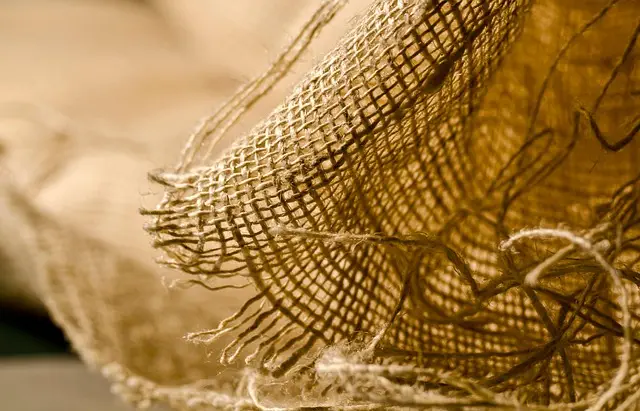Malay Kratom, rich in mitragynine and 7-hydroxymitragynine, is renowned for its anti-inflammatory properties, offering natural relief from conditions like arthritis and skin inflammations without drowsiness. Gaining popularity in the wellness community, it's deeply embedded in Malaysian culture, where Mitragyna speciosa (daun kopi) is traditionally used for pain management, increased energy, and relaxation. Its unique composition and cultural significance make Malay Kratom a sought-after option for where to find relief from inflammation and related issues naturally.
“Discover the power of Malay Kratom as a natural solution for inflammation reduction. This ancient herb, deeply rooted in Malaysia’s cultural history, offers unique chemical compounds that set it apart. From scientific studies to personal narratives, explore the vast potential of Malaysian kratom strains in managing inflammation. Uncover how this natural remedy stacks up against traditional anti-inflammatory drugs, and learn about its practical applications and safety guidelines. Dive into the world of where Malay Kratom shines as a beneficial herbal option.”
- Where Malay Kratom Stands Out
- – Unique chemical composition of Malaysian kratom strains
- – Historical and cultural context of kratom use in Malaysia
Where Malay Kratom Stands Out

Malay Kratom has gained recognition for its unique properties and stands out among various strains due to its potent anti-inflammatory effects. The where Malay Kratom uses and benefits are vast, making it a preferred choice for those seeking natural relief from chronic inflammation. This specific strain is known for its rich composition of alkaloids, including mitragynine and 7-hydroxymitragynine, which possess powerful anti-inflammatory and analgesic properties.
Compared to other kratom varieties, Malay Kratom offers a more balanced combination of stimulating and relaxing effects, allowing it to effectively reduce inflammation without causing drowsiness. Its ability to modulate the body’s response to pain makes it valuable for managing conditions like arthritis, chronic muscle soreness, and even skin inflammations. The anti-inflammatory benefits are often attributed to its interaction with various receptors in the body, promoting a sense of comfort and reducing swelling.
– Unique chemical composition of Malaysian kratom strains

Malaysian kratom, renowned for its unique chemical composition, offers a distinct profile among various kratom strains. The island nation’s rich biodiversity contributes to an array of alkaloids and compounds that set Malaysian kratom apart. These plants have evolved to adapt to their specific environmental conditions, leading to a potent mix of mitragynine, 7-hydroxymitragynine, and other beneficial chemicals. This specialized chemistry is what makes Malaysian kratom a popular choice for those seeking natural inflammation reduction.
The use of Malaysian kratom for its anti-inflammatory properties has gained traction in the wellness community. The strains’ ability to interact with opioid receptors and modulate pain perception makes them valuable in managing chronic inflammation. Moreover, where traditional medications often come with side effects, kratom’s natural origin offers a potentially gentler approach to reducing inflammation without compromising overall health. Its benefits extend beyond pain management, making it a subject of interest for researchers exploring its therapeutic potential.
– Historical and cultural context of kratom use in Malaysia

In Malaysia, kratom (or Mitragyna speciosa) has a rich historical and cultural context, where it’s been used for centuries. Known locally as “daun kopi” or “kopi luak,” kratom has been an integral part of traditional medicine and social practices among the Malay community. The plant’s leaves are chewed or brewed into a tea, offering a range of perceived benefits, including pain relief, increased energy, and relaxation without sleepiness.
The where and how of Malaysian kratom use is deeply ingrained in their culture. Kratom houses, known as “kopi shop” or “kawi”, serve as community hubs where individuals gather to socialize, share stories, and consume kratom together. This communal aspect not only enhances social connections but also contributes to the plant’s cultural significance. Beyond its social role, kratom has been traditionally used for managing inflammation, soothing muscles, and providing a natural alternative for those seeking relief from chronic pain or fatigue.
Malay kratom has garnered attention for its unique chemical composition and historical use within Malaysian cultures, offering potential benefits for inflammation reduction. The distinct strains found in this region provide a promising natural alternative for managing inflammation, setting a new standard in the realm of wellness. Understanding where Malay kratom stands out is key to unlocking its uses and maximizing its benefits.






